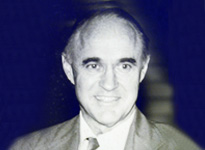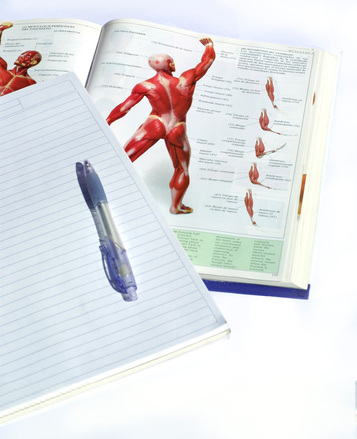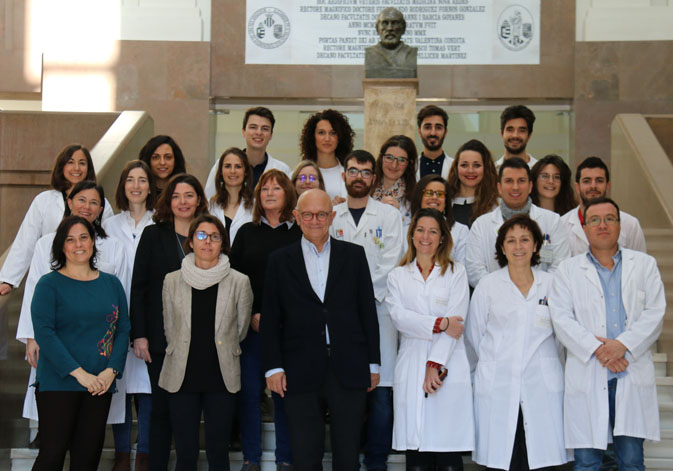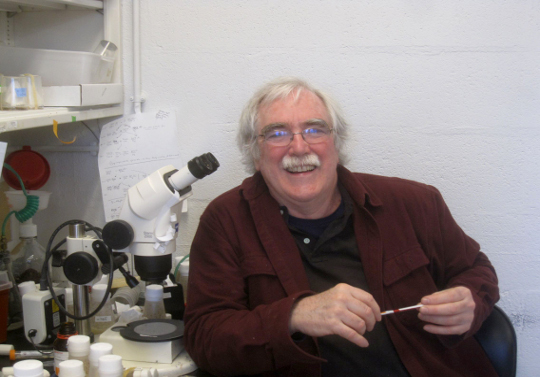
Arthur Guyton was the most important figure of Physiology in the 20th century thanks to researches as the one he captures in 'Textbook of Medical Physiology'
4 december 2015
The doctor Guyton revolutionised the studies in human physiology during the second half of the 20th century and got to explain the cardiocirculatory system through mathematical developments and physical principles. He is the author of the most complete basic monograph for all the students in the subject and is considered the father of modern physiology.
Arthur Guyton was born in Oxford, Mississippi (USA) in 1919. In 1946 he was 27 and taking his last course as a surgery resident in the Massachusetts General Hospital, where he contracted polio. This disease paralysed part of his body and dashed his aspirations of becoming a surgeon. During the period of time he was recovering from his paralysis, he carried out inventions as an electrically powered wheelchair driven with a joystick (a true discovery in those years) and other great advances for people with disabilities.
In the 1950s, he studied Cardiac Output Physiology at the Department of Physiology and Biophysics of the University of Mississippi. His works in this area shook up the knowledge of the time, since he found that it was the heart which controls the cardiac output: the famous ‘Guyton Curves’ describe the relationship between the right atrial pressures and cardiac output, which forms the basis of understanding the physiology of circulation.

Arthur Guyton was an innovator in the development of new equations to explain science and engineering. For isntance, he got to explain the cardiocirculatory system from simplified mathematical developments and physical principles. What is now the basis of the new physiology, it supposed a revolution of the knowledge up to that time. Furthermore, the apparent simplicity with which Guyton explained his advances, make them to reach to much more interest people. The human physiology started having more supporters and interested people so the doctor decided to write a complete monograph to help future students.
This is how the book Textbook of Medical Physiology grew out of this endeavour. It currently reaches its twelfth edition (eleventh in Spanish). Ten of these editions were published while the doctor Guyton was alive, and he personally dictated the book chapters and subsequent corrections. The first edition of the book was published in 1956 and was translated into ten languages in the next years. This monograph is the basis for the study of physiology at all levels, either Degree, Master’s Degree or Doctoral Studies.
Doctor Guyton wrote over forty books and about 500 scientific articles and revolutionised the scientific dissemination through his learning technique ‘learn by doing’. It supposed a revolution in the filed of physiology and of physiopathology, and he is considered the most important person of the 20th century in this field. Arthur Guyton passed away in a traffic accident in 2003 and, since then, his physiology monograph has had two new editions: the sales of this book amount to 200,000 copies annually.
Here you can access different versions of the book:











